From Rope Making to Artists and Small Business: The Greenpoint Manufacturing and Design Center
Greenpoint was always a major manufacturing center in Brooklyn’s long history, home to everything from ceramics to glassworks to shipbuilding.

The Greenpoint Manufacturing and Design Center in 2019. Photo by Susan De Vries
Editor’s note: This story is an update of one that ran in 2013. Read the original here.
Greenpoint was always a major manufacturing center in Brooklyn’s long history, home to everything from ceramics to glassworks to shipbuilding.
A vital part of shipbuilding and ships is rope, and the Chelsea Fiber Mills were started to supply jute rope to the shipping industry. Nearby, another rope company, the American Manufacturing Company, started about the same time. It grew to be even bigger than Chelsea. They helped create an industry in Greenpoint that would employ over 4,000 people by the beginning of the 20th century.
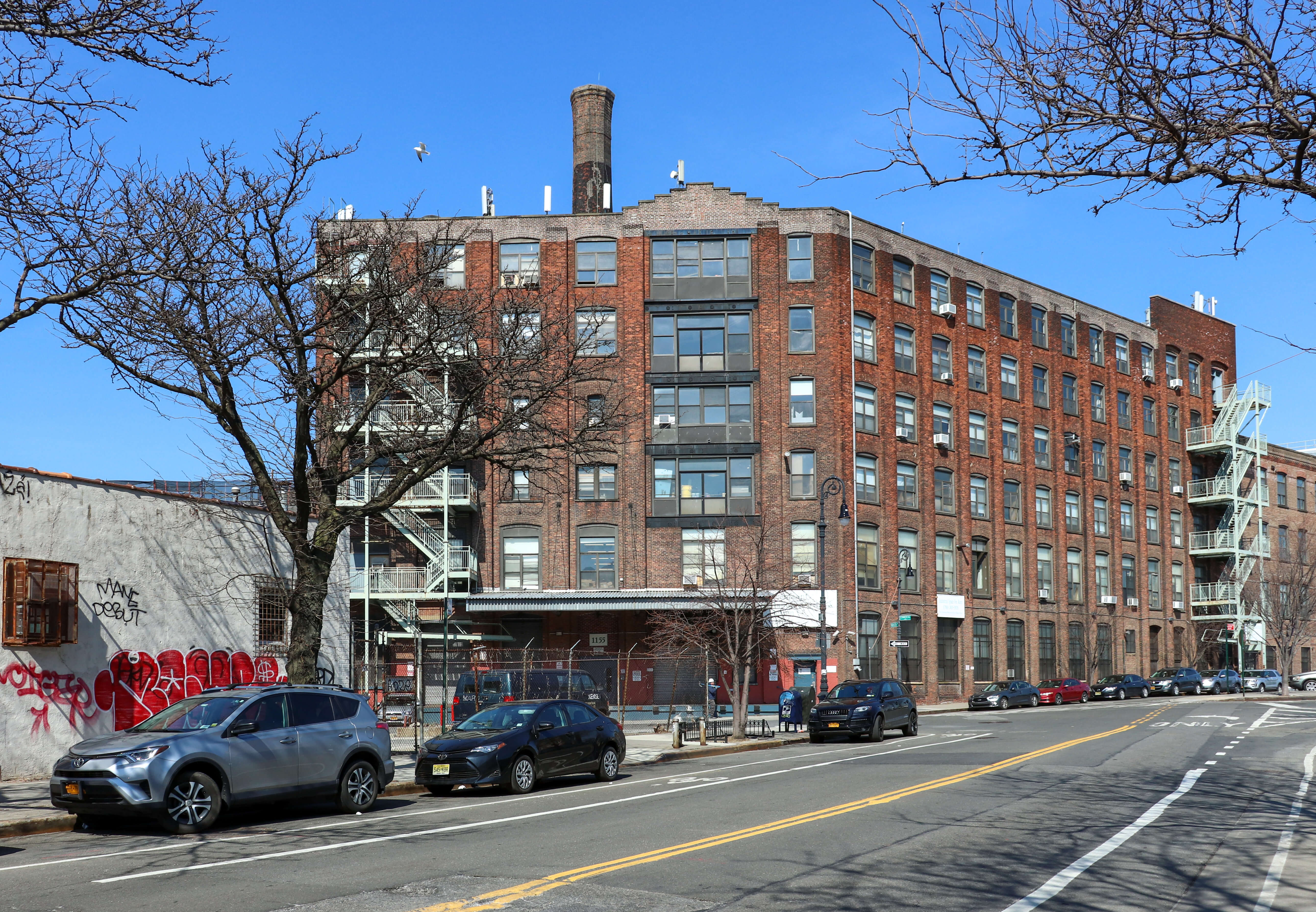
Chelsea Fiber’s first building, here on the shore of Newtown Creek, was built in 1868. By the turn of the century, that one building had grown into a large complex of eight buildings, with 366,000 square feet of industrial space known as 1155 Manhattan Avenue. Industrialist George Pratt, son of Greenpoint’s Astral Oil president Charles Pratt, was the treasurer of this company in 1900.
Raw materials like jute, manila, sisal and hemp were off loaded into the factory from ships on Newtown Creek. Coal was also offloaded into carts, and pushed on tracks that ran across the roofs of the lowest buildings in the complex. From there, the coal was placed in chutes that carried it to the huge; two story furnaces that provided the plants with vast quantities of heat and steam, necessary to the process of turning the raw fibers into marine grade rope. The boilers are still there, behemoths with the date 1880 on the plates.
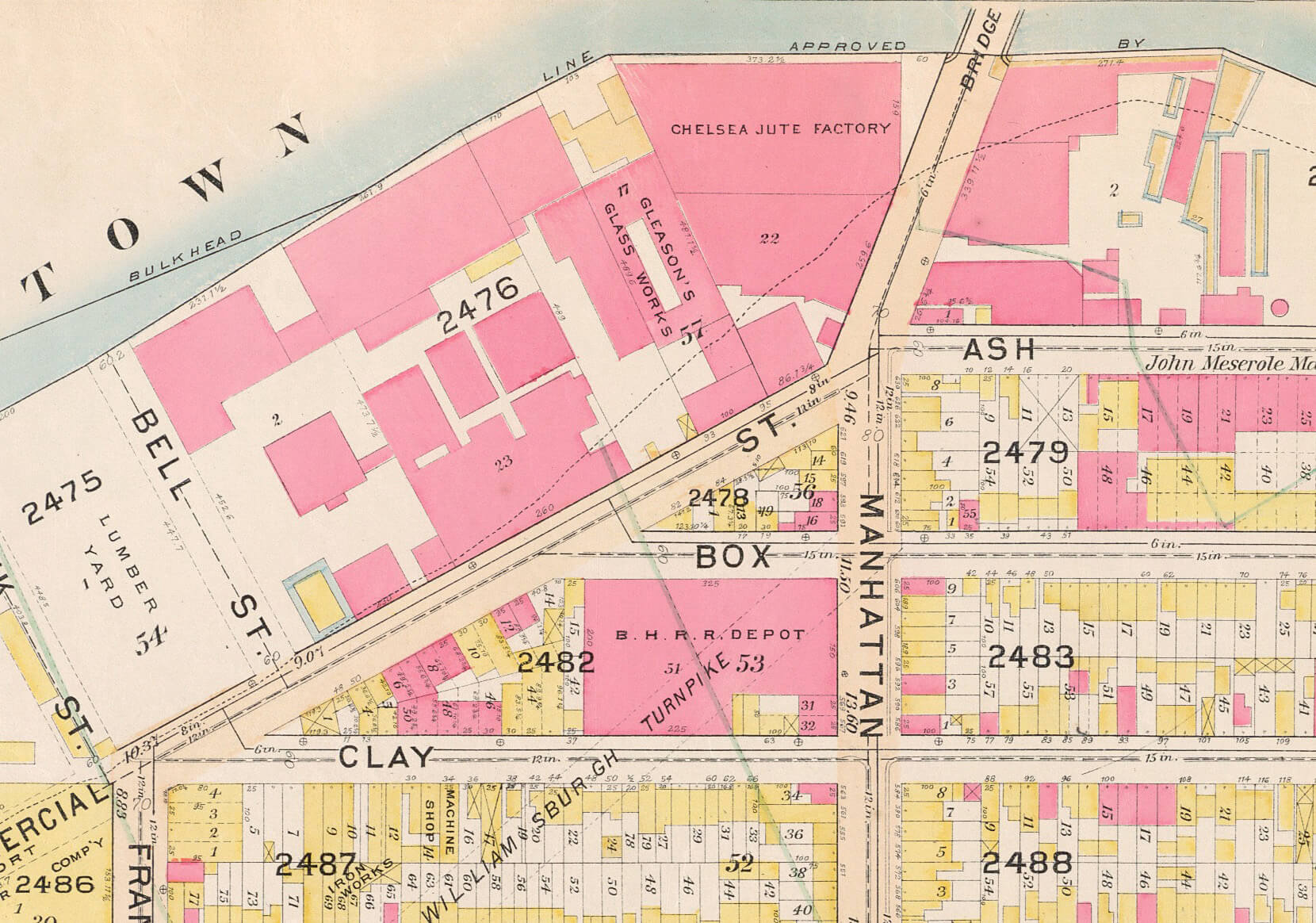
The marine rope businesses thrived through World War I and then WWII. The workers for the plants came from mostly from Greenpoint, with workers also crossing Newtown Creek on the Vernon Avenue Bridge, from Queens. But by the end of the Second World War, the industry was the victim of changing ships and technology, and fiber rope was no longer as necessary as it once was. The Chelsea Fiber Company buildings became home to textile and sewing plants and fabric dyeing mills. By 1974, the complex had become the property of New York City, seized in a tax foreclosure.
The city had a lot of real estate on its hands back then, much of it large factories and plants, and it didn’t know what to do with it. No one wanted buildings like this, so they continued to let them stay open to the remaining businesses, and began renting to artists and small manufacturers on a month to month basis. In the meantime, they didn’t do all that much to maintain the building, as the city was broke. The buildings, only semi-occupied, began deteriorating dangerously.
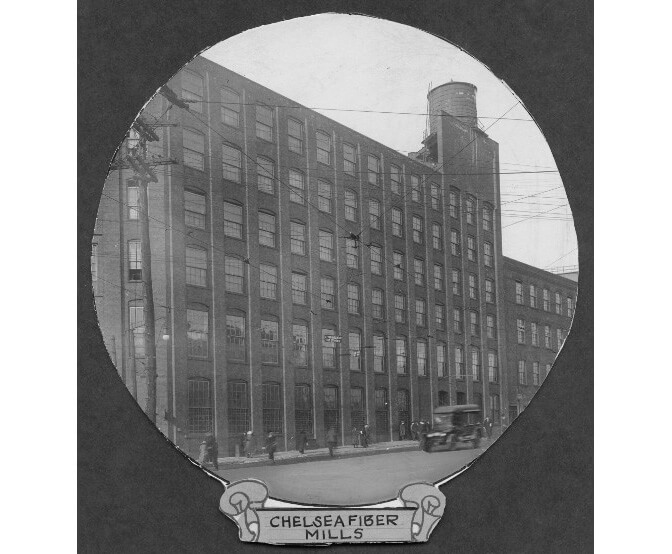
In the early 1990s, a group of business, community and city people came together to come up with plans to save the buildings, save the artists and manufacturers already there, and build a new kind of industrial park. The Greenpoint Manufacturing and Design Center was the result. A new non-profit was formed; city, state and Federal money, along with grants and loans from banks, businesses and individuals were obtained, and following a five year plan, the building was totally rehabbed, with a new roof, new infrastructure, general upgrades and spaces carved out for individual tenants. Today, the Manhattan Avenue complex still has small business and artisan tenants.
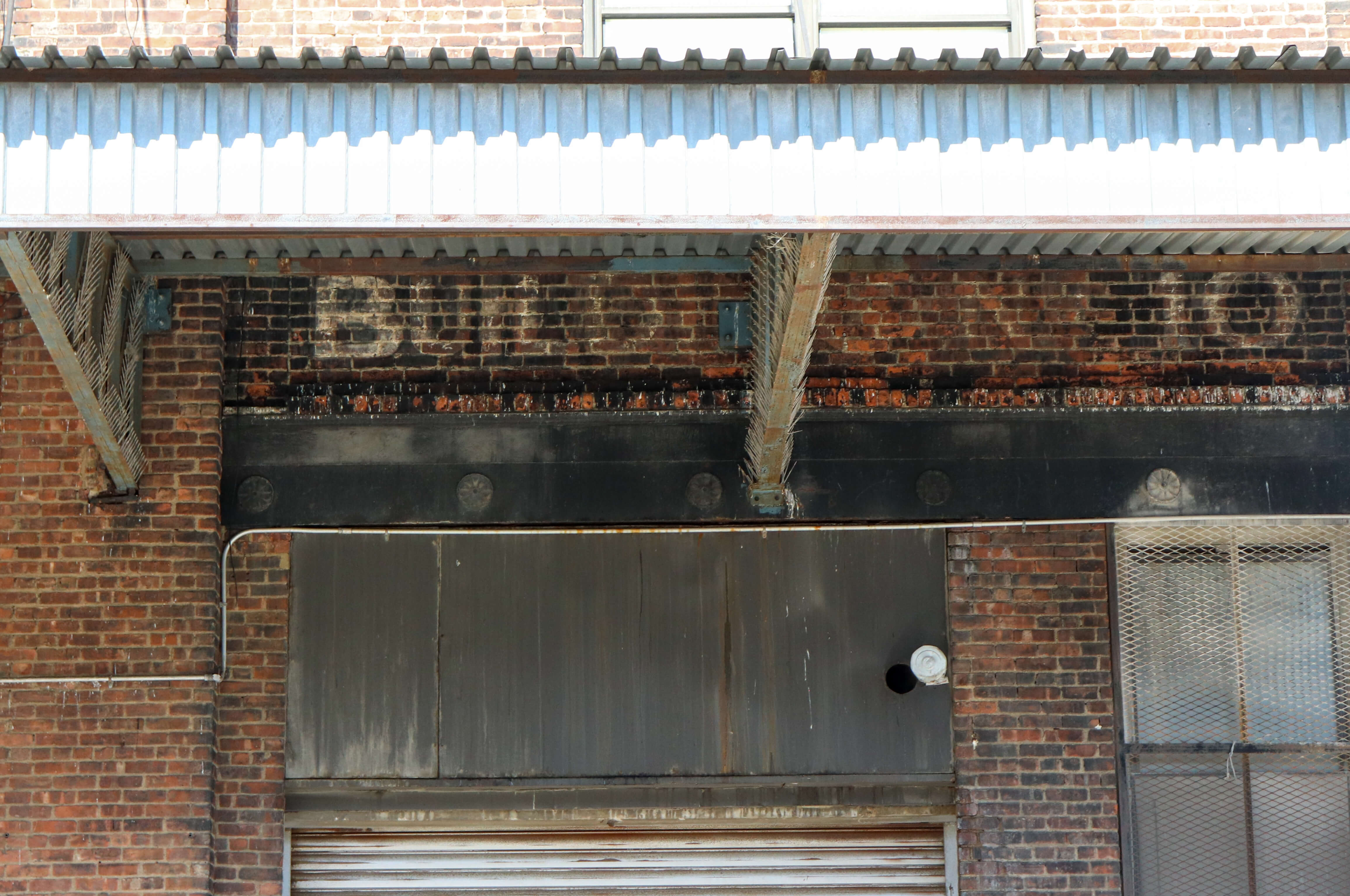
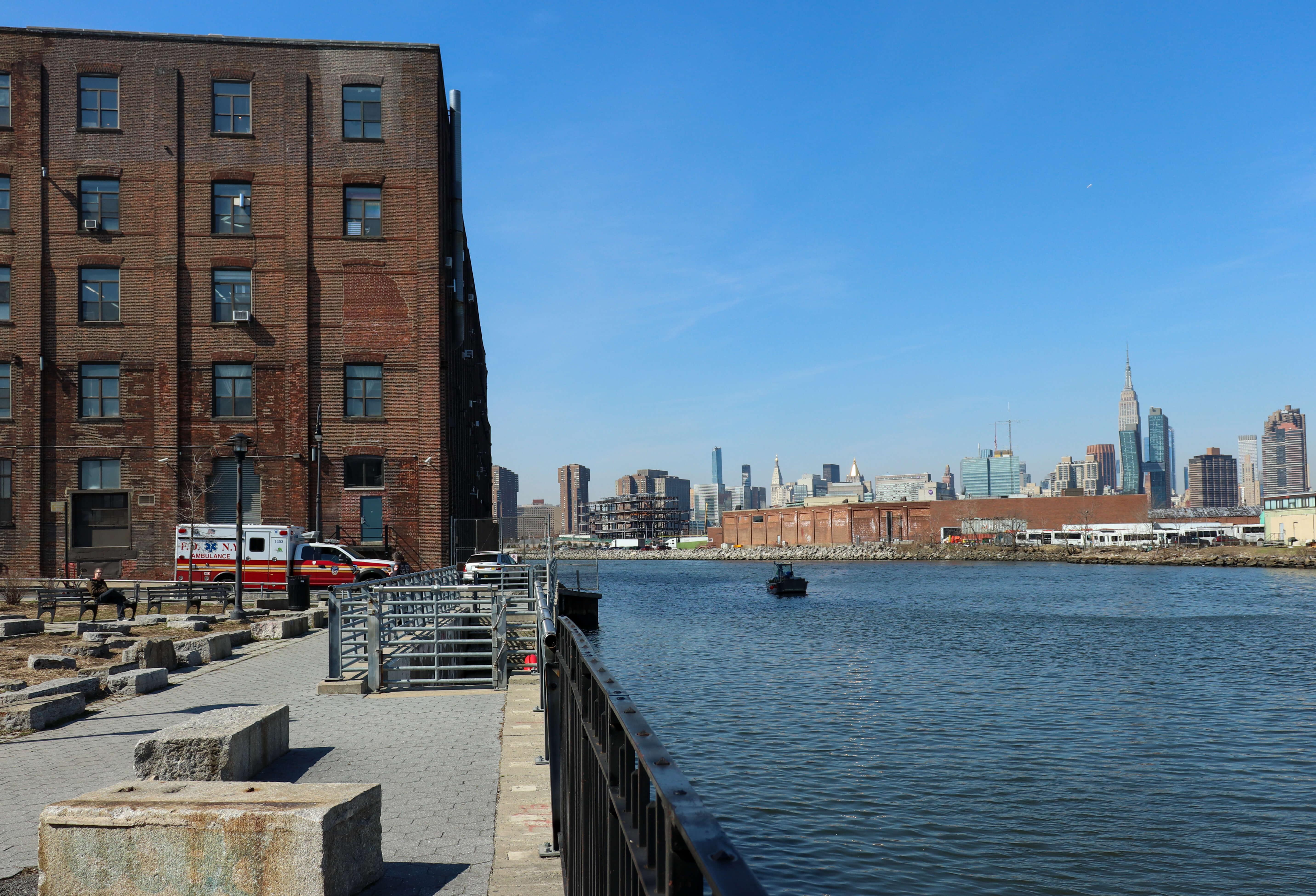
[Photos by Susan De Vries unless noted otherwise]
Related Stories
- Get a Glimpse of the Historic Greenpoint Home for the Aged Before the Leaves Arrive
- A Greenpoint Mansion for a Porcelain Prince
- Greenpoint’s Astral Apartments: A Building Ahead of Its Time
Email tips@brownstoner.com with further comments, questions or tips. Follow Brownstoner on Twitter and Instagram, and like us on Facebook.





What's Your Take? Leave a Comment